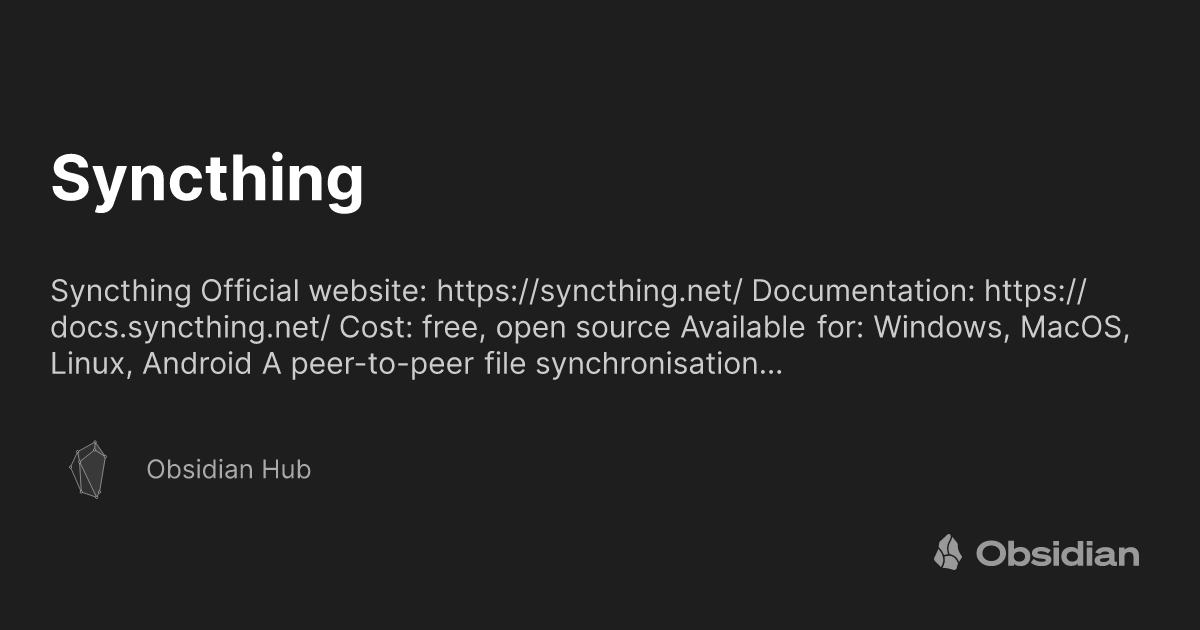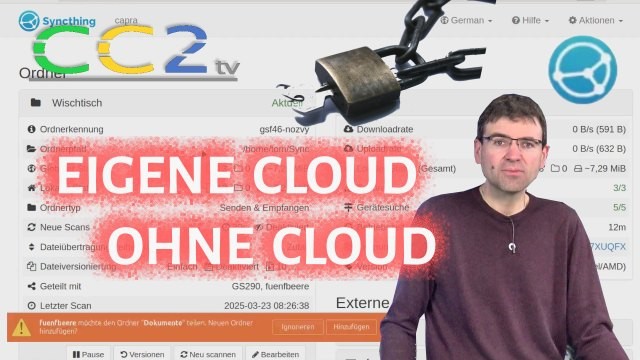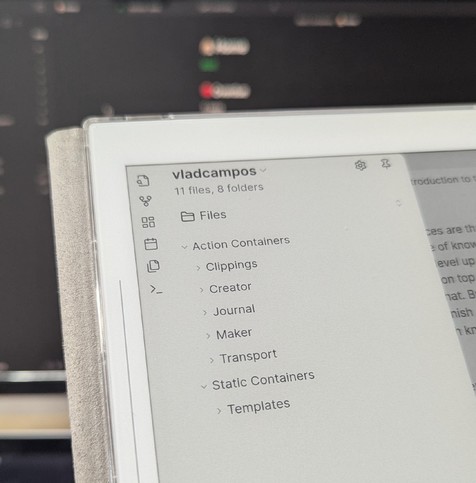Desde hace dos semanas uso #Obsidian sincronizando ordenador y móvil gracias a #Syncthing, me estoy organizando todo ahí y siento que he pasado a otro nivel en mi curro y mi vida en general. Tenía pendiente conseguir configurar Syncthing y lo hice así por cabezonería, pero también os digo que sincronizar Obsidian con su opción de pago sale a 42 euros anuales, que poco me parece para lo práctico que resulta.
No soy geek y respondo preguntas.
https://publish.obsidian.md/hub/02+-+Community+Expansions/02.05+All+Community+Expansions/Auxiliary+Tools/Syncthing










